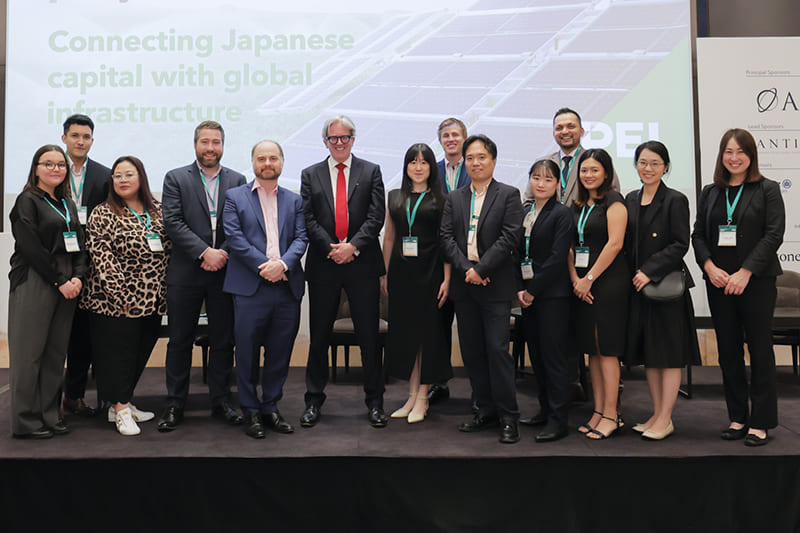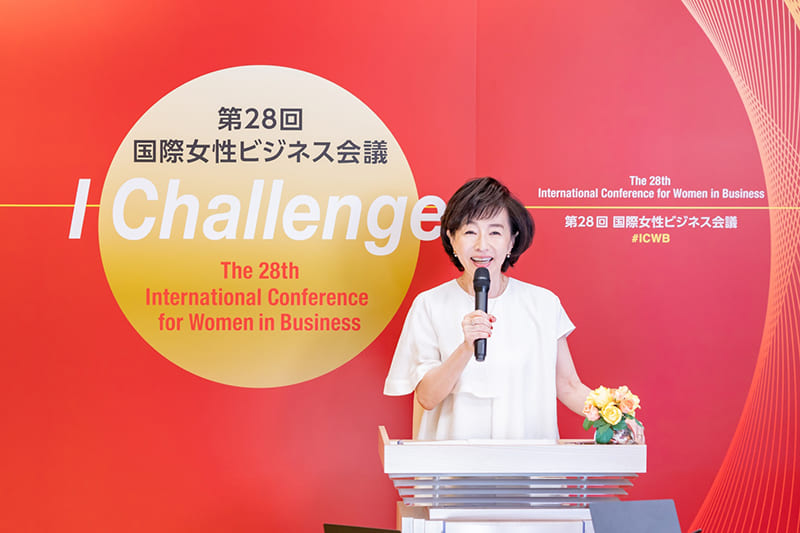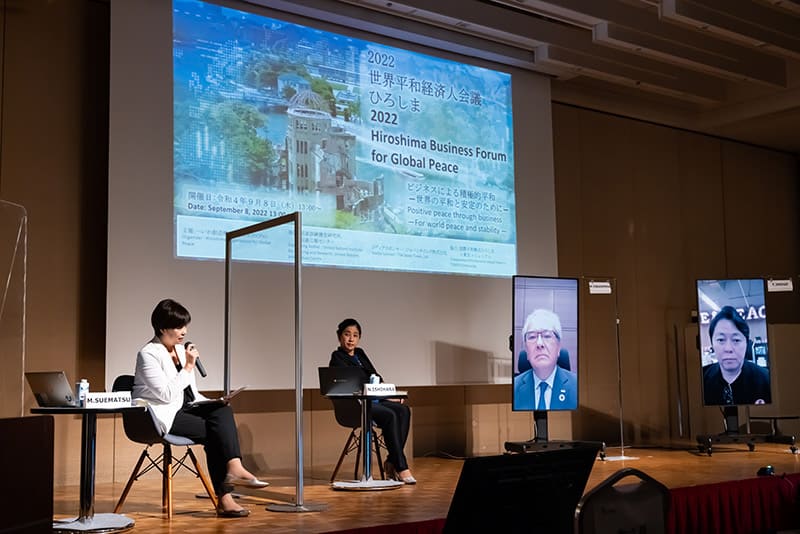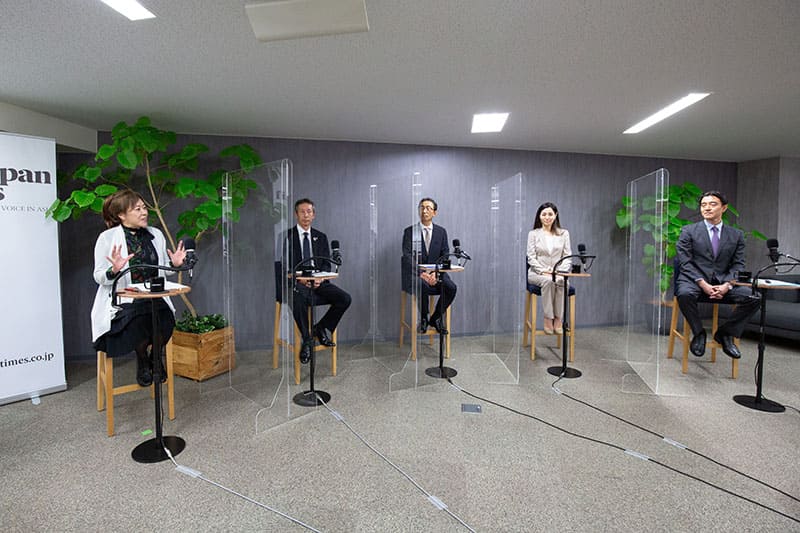April 05, 2021
Experts weigh Japan and Italy’s optimism about hydrogen
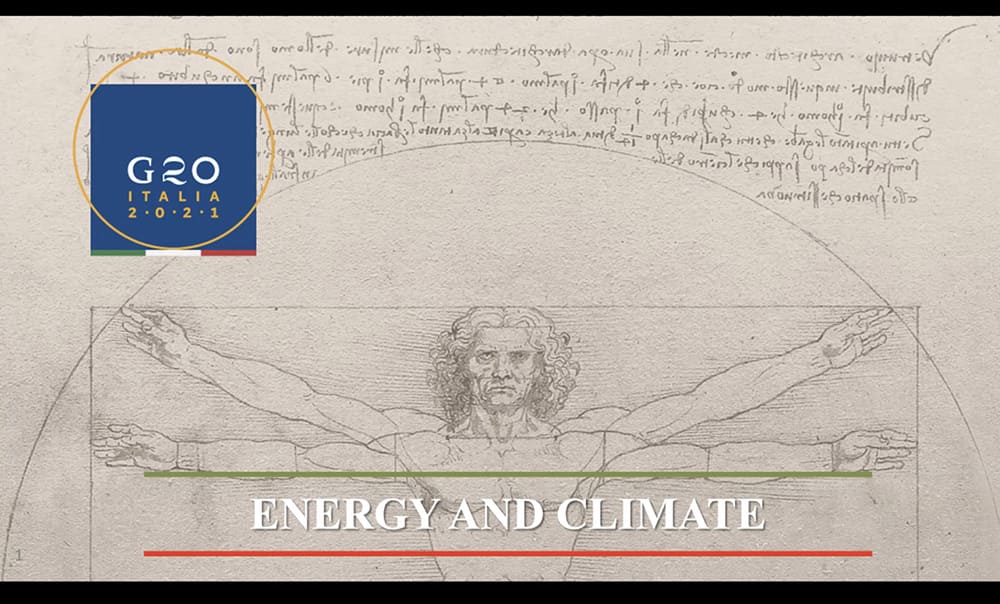
Developing renewable solutions for ever-increasing energy demands is one of the pillars of sustainability. In a concerted effort to move toward a carbon-neutral world by 2050, Japanese and Italian experts have been looking at opportunities to collaborate internationally.
One recent example was a webinar on the current state of hydrogen deployment, hosted on Feb. 9 by the Italian Embassy in Tokyo. This continued a series focusing on scientific and technological cooperation between Italy and Japan. The Italian ambassador, Mr. Giorgio Starace, opened by saying: “I am proud to represent a leading country in the use and production of energy from renewable sources. This engagement is reflected by the fact that Italy, a founding member of the European Union, is co-hosting the COP26 with the U.K. and holds the G20 presidency, where climate change issues will have a paramount role.” For its part, Japan is a nation that has spearheaded hydrogen development for decades and led the world in government subsidies targeting the sector in 2019.
Japan’s hydrogen efforts were represented by professor Kazunari Sasaki, the director of the International Research Center for Hydrogen Energy based at Kyushu University, and Shoei Matsuda, the fuel cell technical general manager at Toshiba’s Hydrogen Energy Business Division. On the other side of the table, the Italian perspective was provided by Dario Montinaro of SOLIDpower Group, a company involved in manufacturing and developing solid oxide fuel cell (SOFC) technology, and Antonino Arico, director of the Institute for Advanced Energy Technologies.
A hydrogen society?
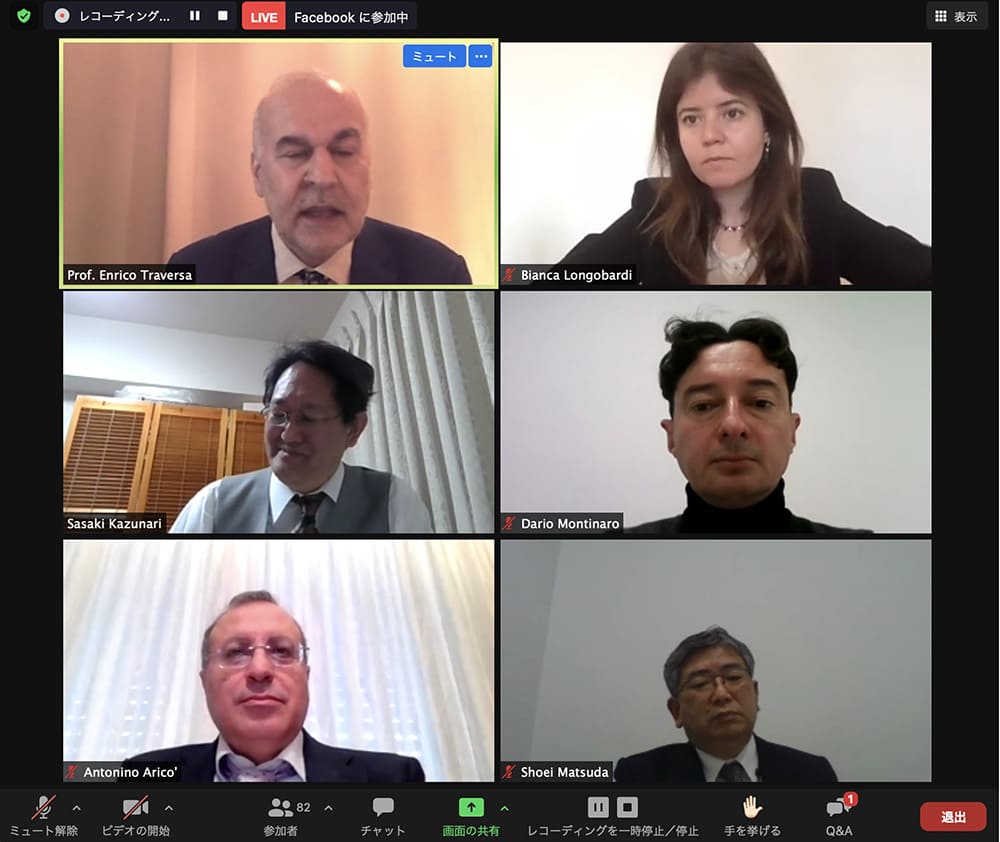
A futuristic society powered entirely by green hydrogen — created through electrolysis using energy from renewables such as solar or wind — has long been a goal of environmentally conscious nations and organizations. From automobiles, ships and trains powered by clean fuel-cell technology to providing electricity in residential communities, industrial complexes and even portable electronics, the potential applications of hydrogen are staggering.
Both Japan and Italy have been engaged in realizing a hydrogen society for many years through government subsidies and private-sector initiatives. More recently, a Toshiba-operated hydrogen energy research facility opened in Fukushima Prefecture in March 2020, and some of its solar-produced hydrogen goes to power a roadside rest stop, a test bed for the reconstruction of the town of Namie. In addition, the company is collaborating with other Japanese industry giants to manufacture commercial ships equipped with high-power fuel cells that produce zero emissions. If research and development continues smoothly, the ships should be on the sea by 2024, according to Matsuda.
Solid oxide electrolyzers produce hydrogen as storage vehicle, which can then be used by solid oxide fuel cells for electricity supply without emissions. Montinaro explained that the company has now installed more than 1,900 units across 12 countries for a range of uses such as data centers, hotels and restaurants, and on-site hydrogen production for industries. “Our market today is mostly concentrated in Europe, but we are expanding in the U.S. and Asia.”
The long road ahead
However, many obstacles stand in the way of bringing about a green hydrogen-based utopia. Enrico Traversa, the moderator of the webinar, insisted on clarifying that hydrogen “is not the source of the energy, but just an energy carrier.” He is concerned that hydrogen produced from fossil fuels — “gray” hydrogen — being bandied about as environmentally friendly is misleading to the public. While both Sasaki and Matsuda agreed in principle, Sasaki pointed out that Europe can easily acquire energy from its neighbors overland, while Japan as an island nation must contend with the higher costs of importing energy from overseas. “In the end, we must target green hydrogen, but gray hydrogen is temporarily a good approach,” Matsuda added, to which Montinaro concurred, citing current “technological limitations” in transporting and storing hydrogen.
Japan’s green growth strategy paper published on Dec. 25 plans for 10% of the country’s energy to come from hydrogen. But pundits were skeptical about its achievability. “(It’s) a very tough target because we must produce the hydrogen in a cheaper way,” Sasaki opined. Arico echoed this sentiment, saying that even though hydrogen is already competitive in heavy-duty settings that require sustained energy consumption (e.g. ships), prices must decrease 70% from now for green to compete with gray in widespread applications.
Luckily for hydrogen proponents, an industry report released by the global Hydrogen Council in 2020 predicts the cost of hydrogen-based technologies may fall 50% by 2030 due to increased scale and investment, similar to cost reductions already seen in solar and wind. “It will be a great challenge, even though we still have three decades left to meet the targets,” Sasaki said.


